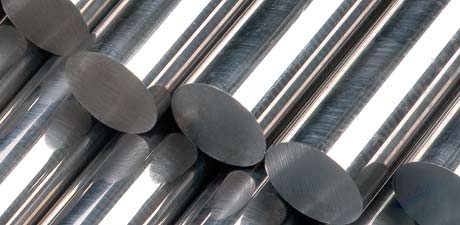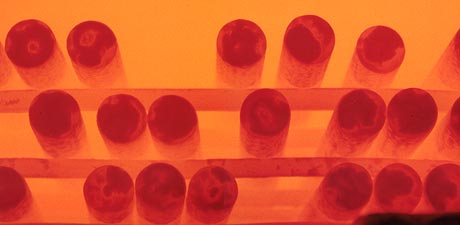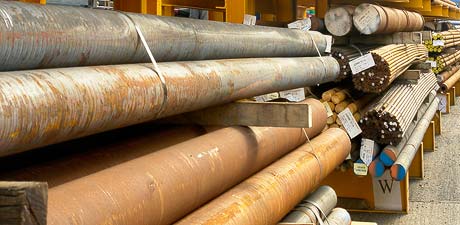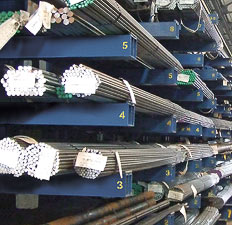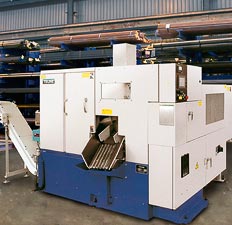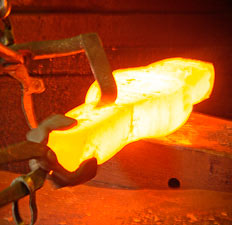Technical Data
Metallurgical Terms
B.
Chemical symbol for boron.
Bainite.
An acicular aggregate of ferrite and carbide particles formed when austenite is transformed at temperatures in the intermediate range, i.e., above the martensite range and below the pearlite range. The structure of bainite varies with the composition of the austenite from which it is formed and with the temperature of its formation.
Upper bainite is an aggregate that contains parallel lath-shape units of ferrite, produces the so called ‘feathery’ appearance in optical microscopy, and is formed above approximately 350°C. Lower bainite, which has an acicular appearance similar to tempered martensite, is formed below approximately 350°C.
Banded Structures.
Light and dark parallel bands revealed by etching and formed by the elongation during rolling or forging of dendritic segregation in the ingot.
Base Metal.
(a) A metal which becomes oxidized when heated in air, e.g.. copper, lead, zinc and tin, as distinct from a noble metal such as gold and platinum.
(b) In electro-metallurgy, a metal at the lower end of the electro-chemical series.
(c) The preponderant metal in an alloy.
(d) The metal to be welded or cut.
Basic Oxygen Process.
This method of steelmaking is the major steelmaking process. Furnaces of up to 350 tonnes capacity can produce steel in 40 minutes. The charge consists essentially of molten pig iron but up to 30% of scrap may be added. A water cooled lance directs a stream of oxygen on the surface of the liquid bath oxidizing carbon and other unwanted elements. Lime is added to flux the oxides and after refining the steel is tapped into a ladle.
Basic Slag.
(See Slag).
Basic Steel.
Steel produced in a furnace with a lining consisting of basic refractory such as rammed magnesite or dolomite. A slag, rich in lime, is produced and the sulphur and phosphorus pass into the slag during the working of the charge.
Batch Furnace.
A furnace (as opposed to a continuous furnace) into which the workpieces are charged singly or in batches, the furnace temperature then being controlled to produce the desired temperature cycle.


